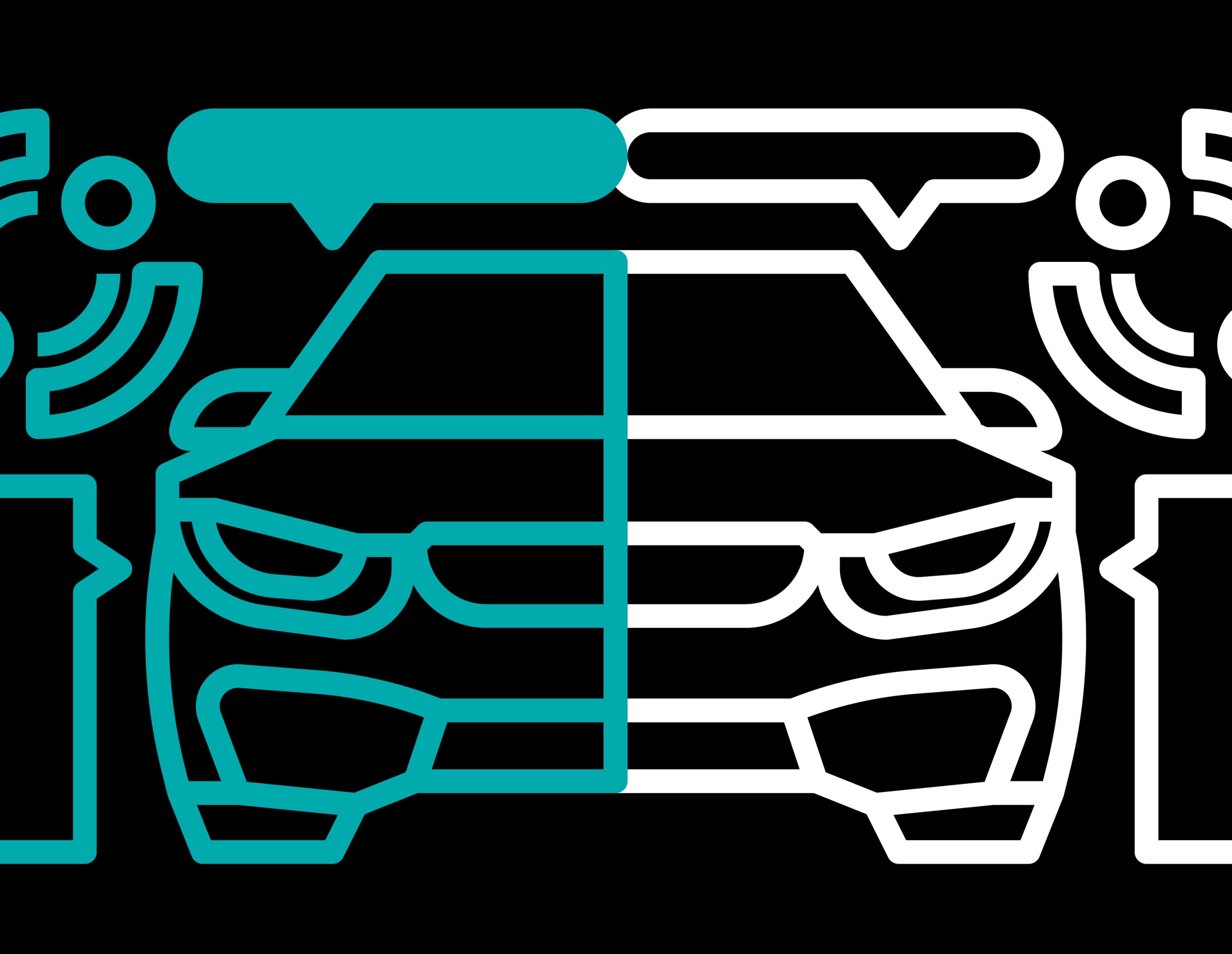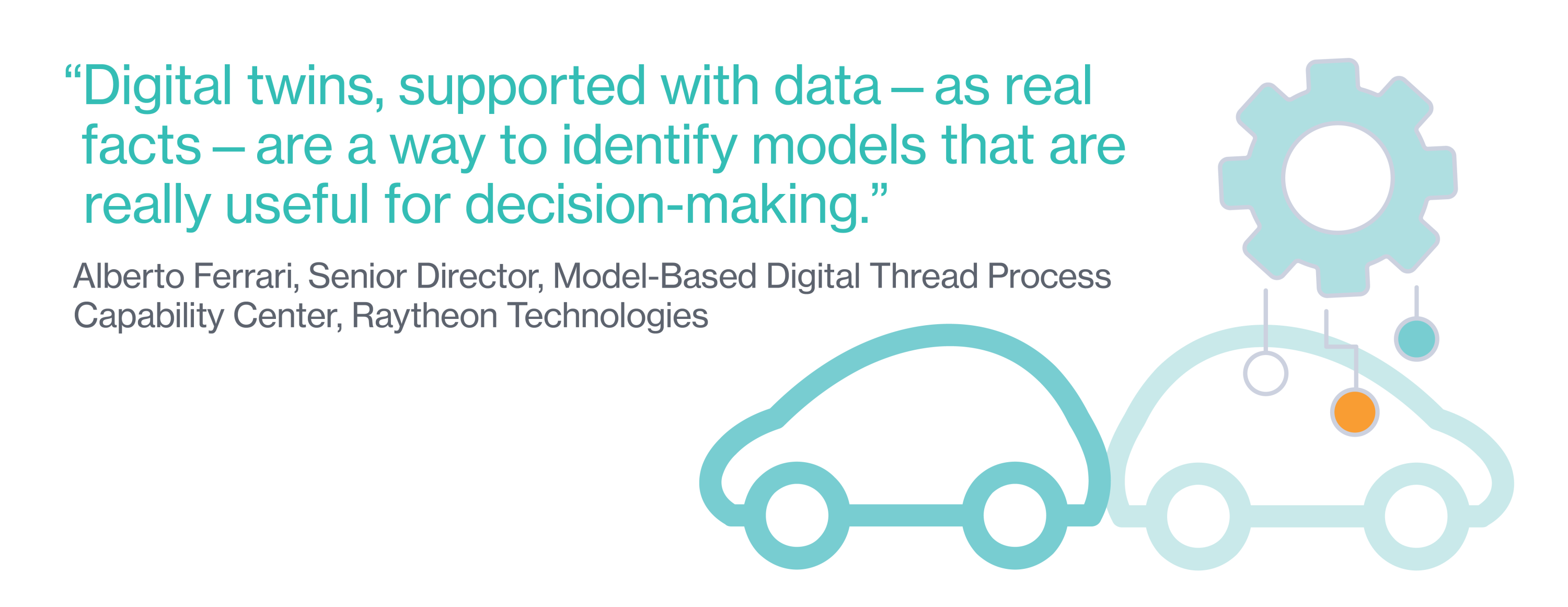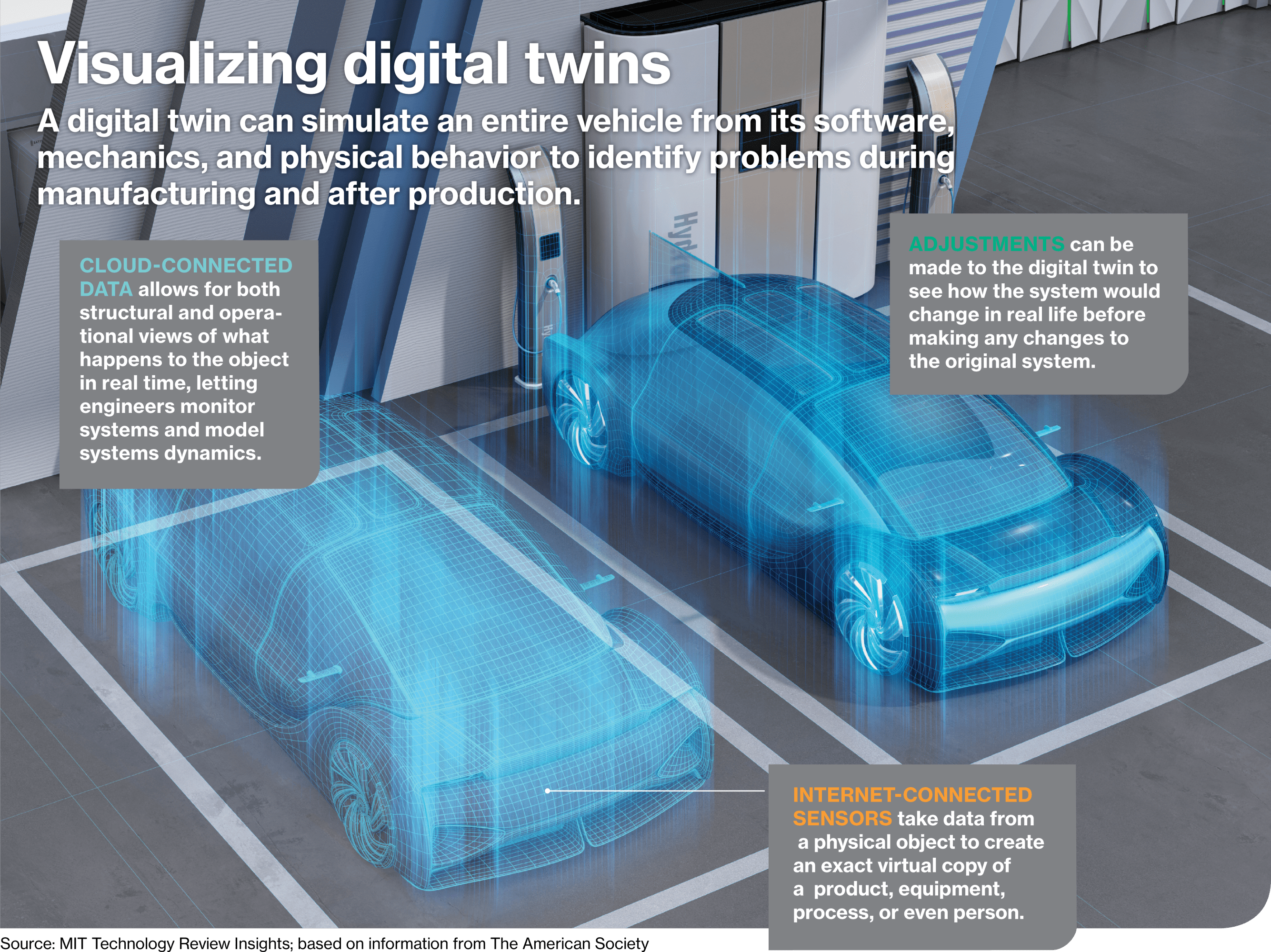Digital twins improve real-life manufacturing
Before reality, there's simulation.
A 2021 missile-inceptor test conducted by aerospace and US defense technology provider Raytheon Technologies held no surprises because the company had already tested almost every aspect of the launch in simulation. Siemens and space agency NASA's Jet Propulsion Laboratory worked together on a digital twin of the Mars Science Laboratory on the Curiosity rover to solve heat dissipation problems caused by the radioisotope power generator. And tire and rubber manufacturer Bridgestone uses digital twins to simulate the performance of its tires using data from actual vehicles to develop a price-per-kilometer service in Europe.

Real-world data paired with digital simulations of products-digital twins-are providing valuable insights that are helping companies identify and resolve problems before prototypes go into production and manage products in the field, says Alberto Ferrari, senior director of the Model-Based Digital Thread Process Capability Center at Raytheon.
As they say, All the models are wrong, but some of them are useful,'" Ferrari says. Digital twins, supported with data-as real facts-are a way to identify models that are really useful for decision-making."
The concept has started to take off, with the market for digital-twin technology and tools growing by 58% annually to reach $48 billion by 2026, up from $3.1 billion in 2020. Using the technology to create digital prototypes saves resources, money, and time. Yet the technology is also being used to simulate far more, from urban populations to energy systems to the deployment of new services.
Take manufacturers as varied as Raytheon and Swedish distillery Absolut Vodka, which are using the technology to design new products and streamline their manufacturing processes, from the supply chain through production and, eventually, to recycling and disposal. Singapore, London, and several Texas Gulf Coast cities have created digital twins of their communities to tackle facets of city management, including modeling traffic patterns on city streets, analyzing building trends, and predicting the impact of climate change. And companies such as Bridgestone and drone-service provider Zipline are using the technology paired with operational data to help launch new services.
Companies have adopted digital twins as part of their digital transformations, a way to simulate performance, identify weaknesses, and operate services more efficiently. Any company's digital initiative should explore whether some facet of its product, operations, or environment can be simulated to gain insight.
Simulating design and manufacturingThe digital-twin technologies of today have their foundations in the computer-aided design (CAD) and computer engineering tools developed more than three decades ago. Those software systems allowed engineers to create virtual simulations to test changes in product designs. Engineers designed a product component, such as an airfoil, on a computer and then tasked a modeler or sculptor to craft the item in clay, wood, or stock components for physical testing.

Today, the process has shifted the prototyping stage to much later in the process, as massive growth in computational power and storage allows not only the entire product to be prototyped but other information to be integrated as well, such as information on the supply of raw materials, the components needed for manufacturing, and the operation of the product in the field.
If you look at those CAD and engineering tools from 30 years ago and squint your eyes a bit, you would see that those things were digital twins," says Scott Buchholz, government and public services chief technology officer and emerging technology research director at Deloitte Consulting. As the power computation and storage went up, the ability to do useful simulations went up, and we went from low-fidelity renderings to high-fidelity simulations."
The result is that digital-twin technology has taken a variety of industries by storm. Makers of expensive vehicles and infrastructure products benefit from shortening the design and development cycle, making aerospace companies, car manufacturers, and city planning agencies all early adopters. Yet startups are also adopting the simulate-first mentality to quickly iterate on product improvements.

A major benefit: digital twins have pushed off the physical construction of prototypes much further down the design pipeline. Some companies pursuing zero-prototype initiatives aim to eliminate the prototyping steps altogether and enable direct-to-manufacturing efforts, says Nand Kochhar, vice president for the automotive and transportation industry at Siemens Digital Industries Software.
That's a massive shift from times past. A typical product development life cycle was anywhere from six to eight years," Kochhar says of automobile manufacturing. The industry has been working on that, and now they have an 18-month or 24-month life cycle. Now, automaking is more reliant on software, which is becoming the determining factor in the life cycle."
Download the full report.